Composting is one of the most efficient and budget-friendly ways of enriching our garden soils with nutrients. Beginners often have problems determining which items are compostable and which are not. Now you are wondering, how long will it take to break down the straw you put in the compost? We have answers for you!
The decomposition rate of straw depends on the compost pile and level of management. If you manage your compost well, you can speed up the process, and it will only take a few months to break down straw. However, if often left unattended, you might have to wait a year or more before the straw becomes dark, rich compost.
Now that you know how long it will take to break down straw in compost, let’s talk about the factors that affect the decomposition rate and how you can manage your compost better. This will help you achieve better composting and avoid unnecessary mistakes regarding composting in the future.
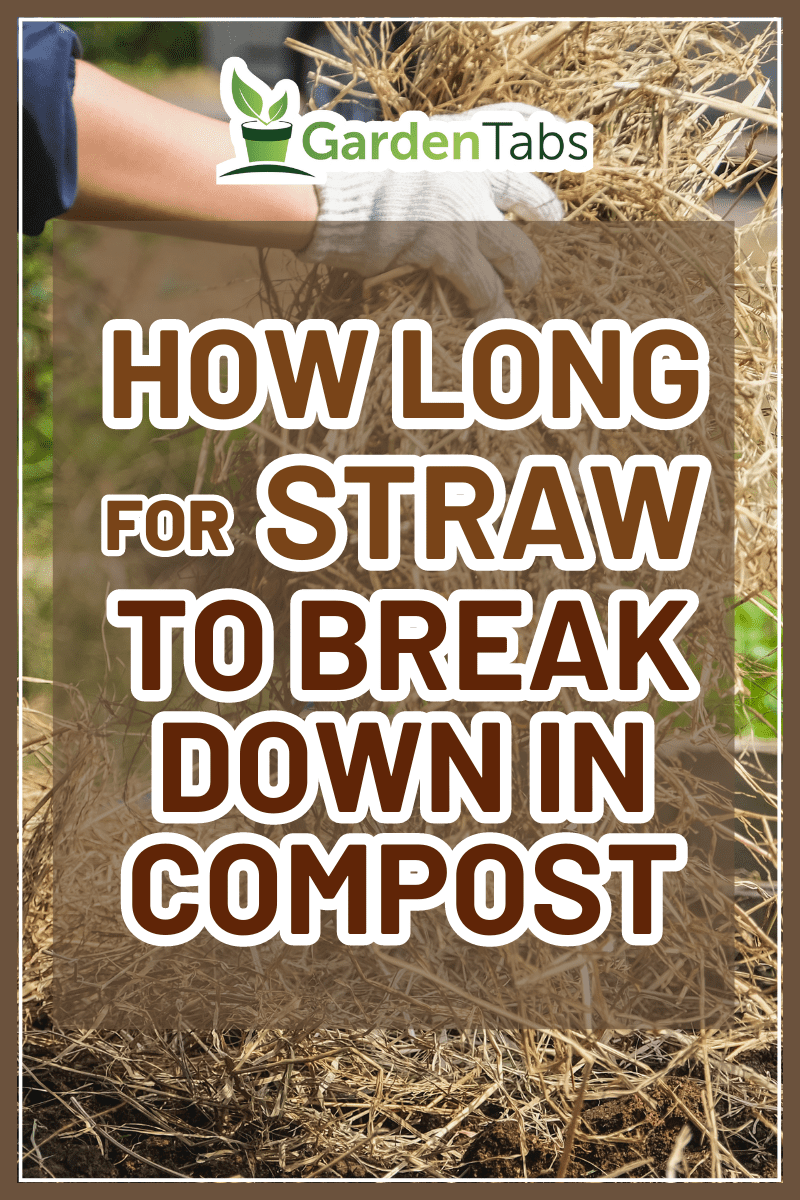
Straw Is Not Hay
Straw has many uses in the garden, but more often than not, people tend to mistake it for hay. While hay and straw come from cereal stocks, hay is the remains of the whole plant.
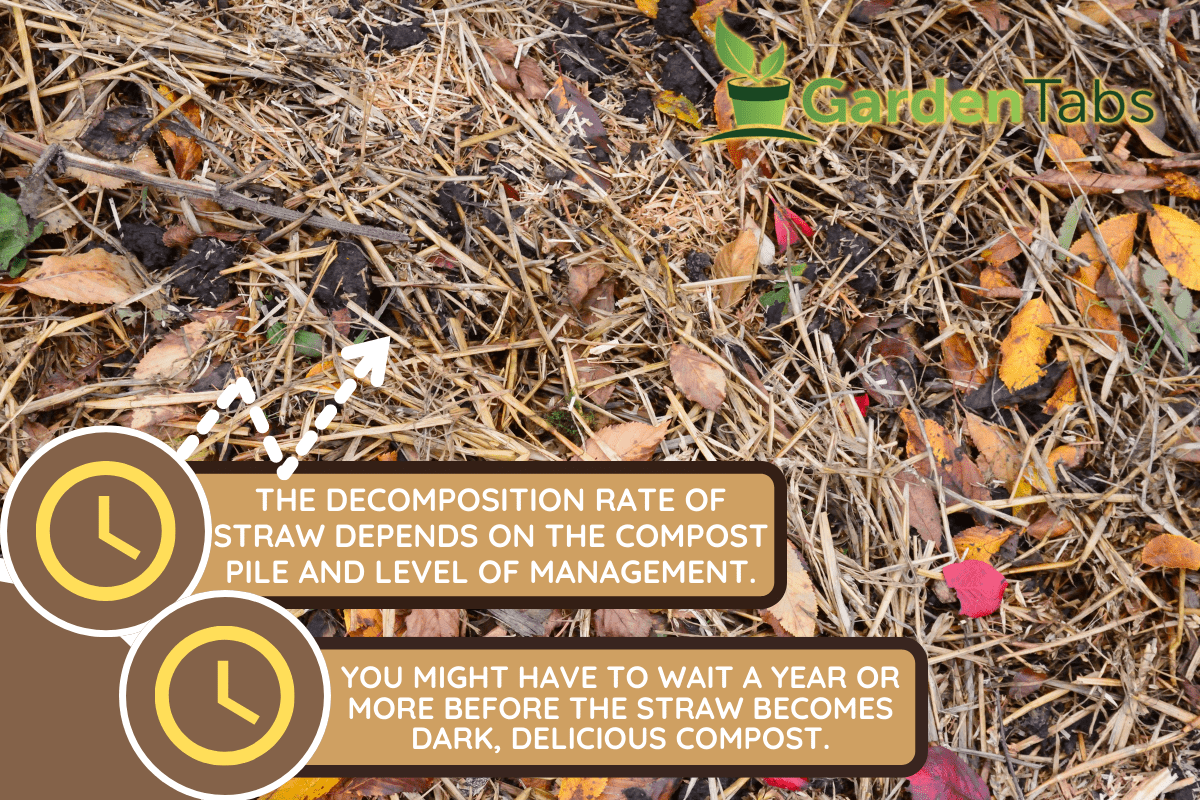
It is mainly used to feed the livestock during the colder months. On the other hand, straw is the stalk of grain plants, left over after harvested seeds. It offers little to no nutrients, which is why it is often used as animal bedding in barns.
Straw in compost attracts earthworms which enhances the fertility of soil. Break them down into sections of flakes and shake them out to decay faster.
They contain few or no seed heads, so you won’t have nightmares of pulling weeds once they are in your pile. Apart from its multiple functions in the garden, straw’s recyclability makes it a good investment for a relatively low cost.
You may also use straw to cover the top of your pile and act as an insulator. This will help you increase the temperature and trap moisture into the compost. Afterward, you can use the straw for mulching or other purposes in the garden.
Brown And Green Mix For Compost

Composting may be a little tricky, especially for beginners. You may wonder what browns and greens in a compost mix are and the importance of getting the right mix.
Green materials are composed of wet materials. Oftentimes, but not necessarily, they are green in color. These include vegetable and food scraps, eggshells, animal manure, and annual weeds that haven't set seeds. It is important to remember that these materials are high in nitrogen. Plants require nitrogen for healthy growth and production.
Brown materials refer to plant wastes that are dry, fibrous, and woody. These include dry leaves, wood chips, straw, sawdust, cornstalks, and newspapers.
Since they decay slower, you can consider them as the slow-burning food for your heap. They create good airflow to the compost and provide oxygen for the microorganisms. They also contain carbon which offers energy for the bacteria and fungi in your pile.
An ideal ratio for browns to greens in compost is 4:1. With the right mix, the efficiency of your compost is ensured. Otherwise, your compost will take a while to break down since it does not heat up as fast as you would like it to.
Importance Of Heat In A Compost
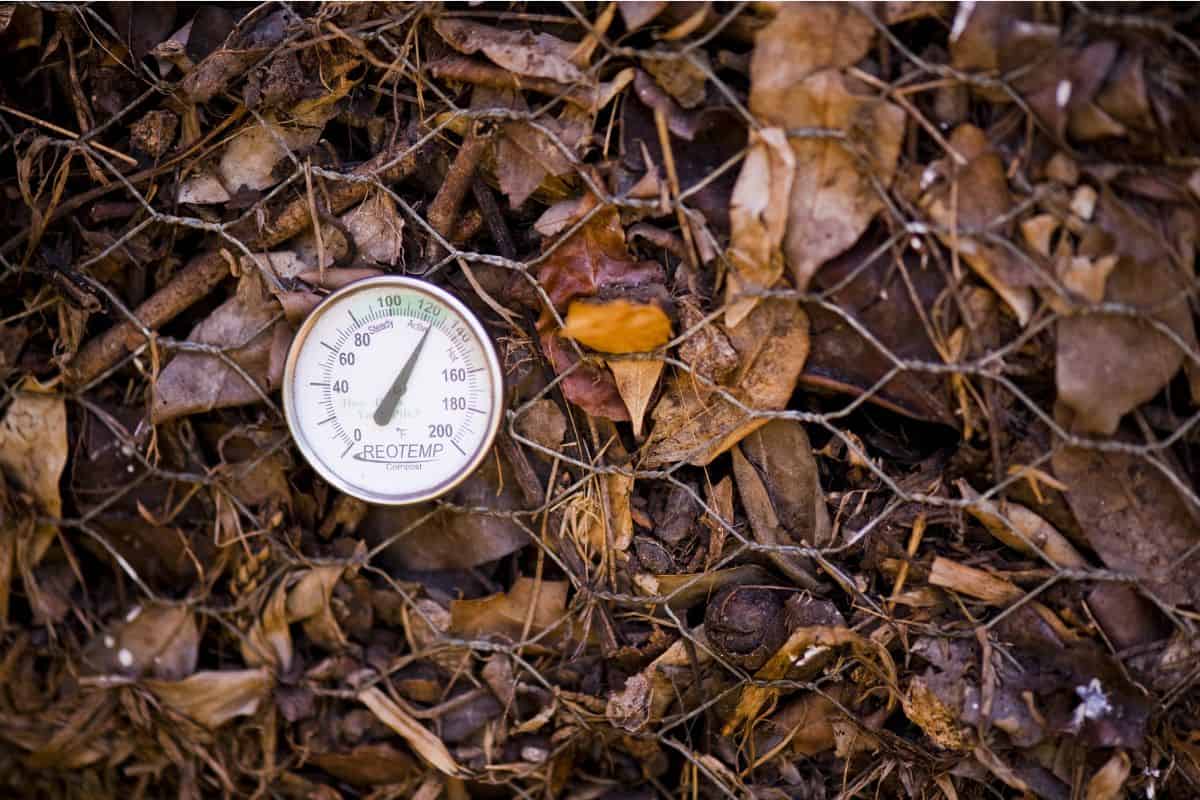
Bacteria play an essential role in composting. In fact, without them, composting is not possible. The temperatures must remain between 90 to 140 degrees Fahrenheit to activate compost bacteria. You also need to maintain the heat in your compost to destroy seeds and potential weeds from growing. If you cannot heat up the compost, it will turn smelly.
A proper compost generally doesn’t smell bad. If it does, it indicates there is something wrong with your pile. You might have added too many greens, little aeration, too much moisture, or allowed poor mixing.
Add some brown materials to maintain balance in your pit to fight this. You can also turn the pile to aerate the compost.
What To Avoid Adding To Your Compost Pit
Before starting a compost pile, one must understand that not all discards can be put into the pit. Essentially, only organic materials can be composted. This includes plants, food, and waste from our bodies. However, there are a few items that you might not love in your compost.
- Meat, dairy products, and greasy and fatty foods are more likely to smell terrible and bring in pests o your compost. It might also have bacterial concerns you wouldn’t want in your garden beds.
- Orange and lemon peels make bad compost as they can be too acidic.
- Though compostable, eggshells must be crushed before adding to the compost as it may take a while to decompose.
- Shy away from fruit pits as they take a long time to break down.
- The paper in wax paper is compostable, but the wax is difficult for the microorganisms to digest.
- While many household items are made from organic materials, they have already been chemically processed and may not be compostable.
- Steer clear from the feces of carnivorous and omnivorous animals as they can easily pass on pathogens and parasites through their waste.
- Bioplastics and greenware products aren’t compostable at home. Composting for these items is done in industrial facilities.
How To Speed Up Composting
As garden lovers, we always want to speed up composting to feed our plants with the necessary nutrients. However, there are times when our compost just takes longer to break down the components. Here are some pointers that might help.
Make A Larger Pile
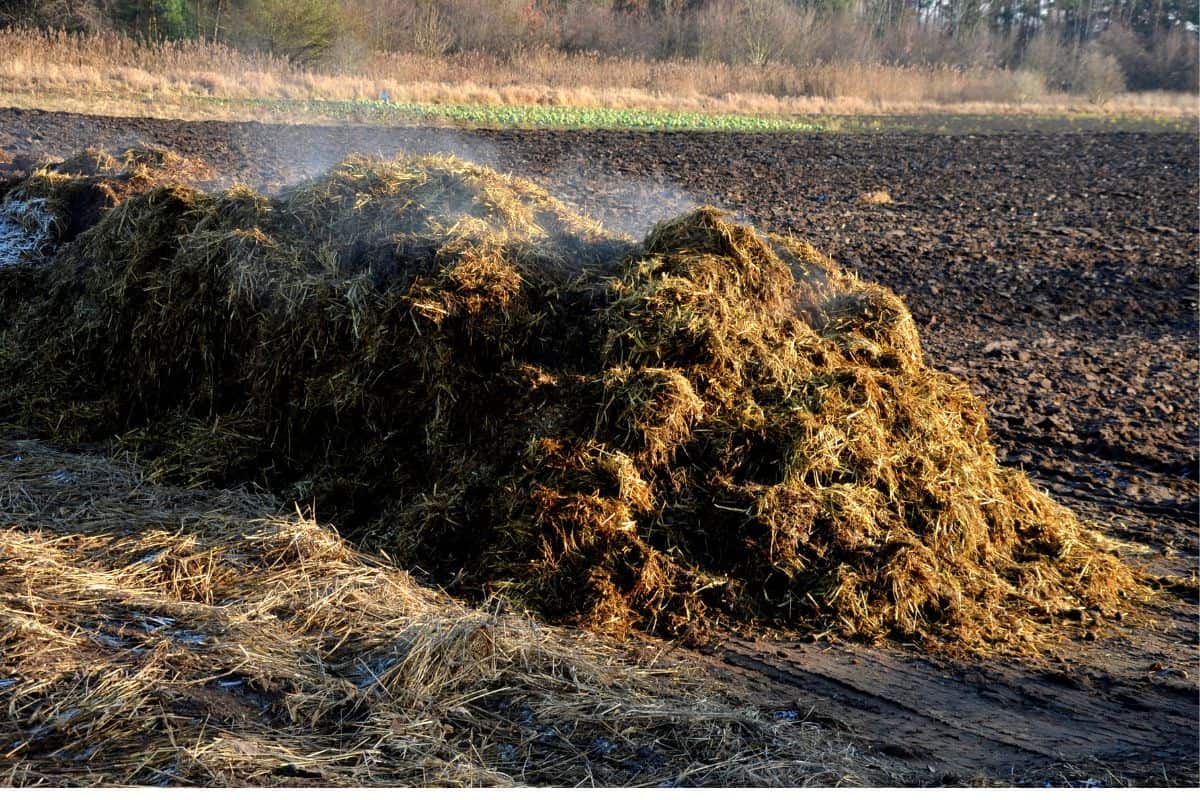
To speed up the composting process, ensure your pile is large enough. Larger heaps generate heat faster and can retain moisture better. A square meter of the compost heap is good for getting a hot and nice mixture.
Compost Pile In Layers
Every six to eight inches of plant material must be topped with 1 inch of soil or compost. Adding an all-purpose fertilizer can help to supply nitrogen to the microbes. Pile the layers until it is three to five feet high.
Have the proper ratio of brown to green materials at 4:1. But this doesn’t need to be exact. If you think your pile needs a little help with the rate it is decomposing, you can go ahead and add in more brown materials.
Turn The Pile Often
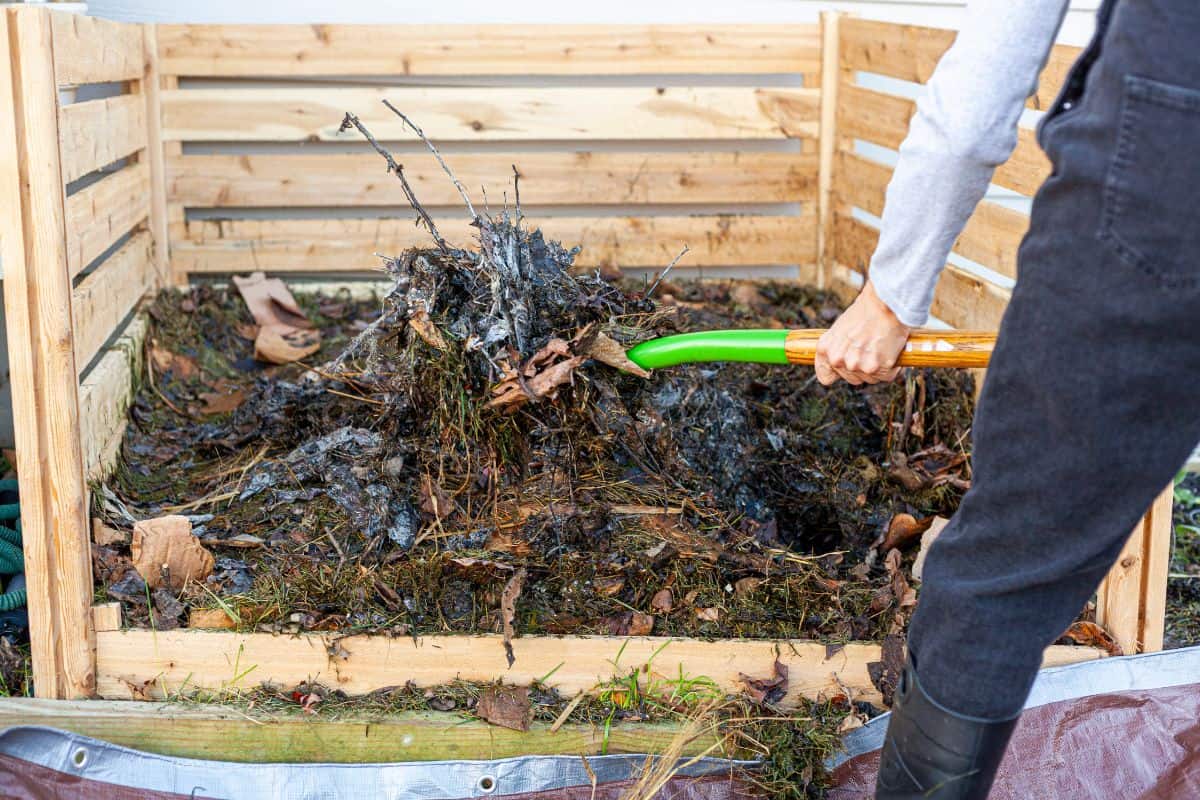
Let the pile heat up for 10-14 days. When the temperature reaches 140 to 150 degrees Fahrenheit, pull off the straw cap and turn the pile by dividing and pushing it over. Reassemble and turn the pile again once the temperatures climb back to 130 to 140 degrees Fahrenheit.
Shred Materials Into Smaller Pieces
Make sure the materials are cut into smaller pieces before adding them to the pile. The smaller the pieces, the faster they’ll decompose. This also creates air pockets within the pile and helps aerate and speed up the composting process.
Maintain The Moisture
Keep the pile moist. A perfect compost is moist like a damp sponge, not soggy. If the mixture is dry, be generous with the water to achieve the right moisture level.
Growing Your Plant Directly Into The Compost
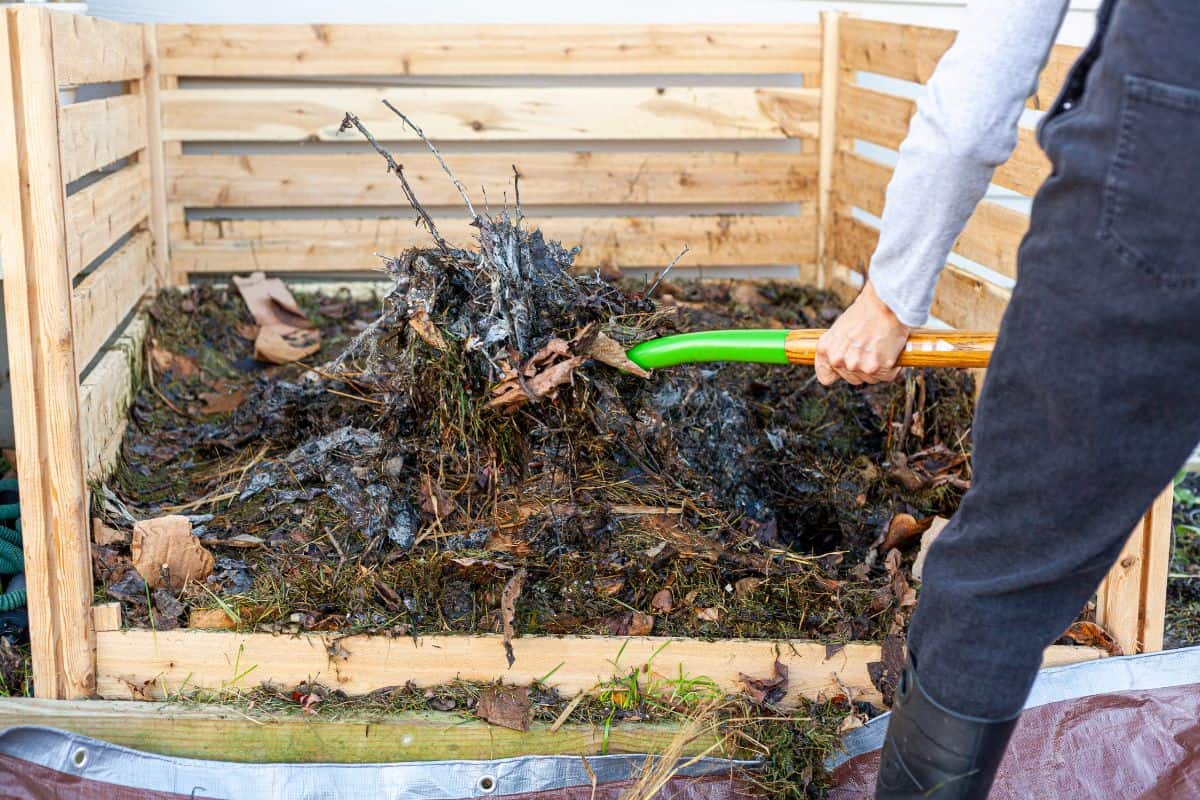
Now that you have understood the composting process, you might be tempted to plant directly into the compost. You might think that compost is extremely fertile and can provide more than enough nutrients to your plant.
However, that is not the case. Compost is only a soil amendment. Some of its components are only good in small amounts. Having too much of a good thing can create problems; for composts, it leads to ammonia toxicity and excessive salinity. If you try to grow plants in pure compost, you may end up with a weak or dead plant.
As much as compost has an excess in nutrients, it lacks a lot of characteristics needed to grow plants. Compost quickly drains and dries out. Thus, plants in pure compost will encounter stability and water retention problems. Compost is also lighter than your usual soil which cannot provide enough stability for the rooting system of your plant.
Because of this, compost works best when mixed with topsoil. The mixture allows good drainage and retains water in the right balance.
To Wrap It Up
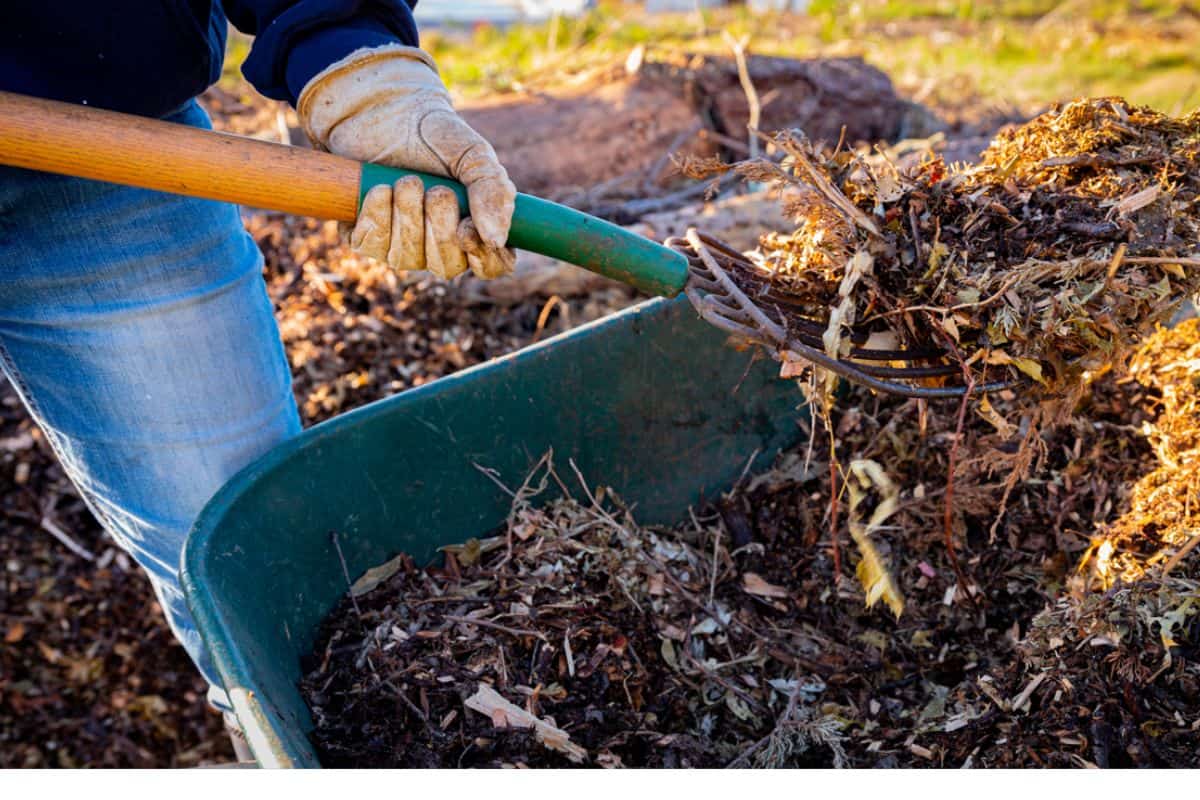
Most of us know that gardening with compost has lots of benefits for our plants. Thus, many lean towards compost pits in their backyards for gardening and reducing waste.
Straw is the perfect addition to our piles as it contains carbon that feeds the bacteria and microorganisms in the compost. It is important to remember that the decomposition rate of any material in the compost depends on the management level. So, we must take full responsibility and dedication to maximize the benefits of composting.
If you found this post helpful, you might also like some of our other posts;
